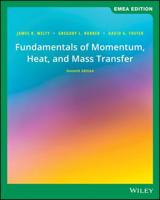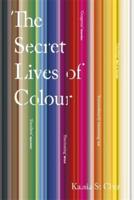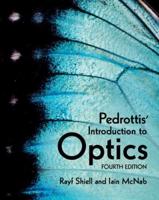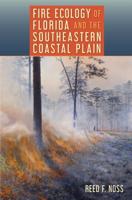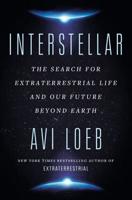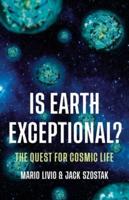Publisher's Synopsis
Though fluorescence is a long-established analytical method, it has only recently gained prominence as a valuable tool in food technology. As a particularly sensitive analytical technique, fluorescence spectroscopy allows for the precise identification of various components (functional, compositional and nutritional) of food products, including contaminants and additives. The introduction of new commercially available instruments for fluorescence analysis, coupled with improvements in time resolution and in the instrumentation of both its hardware and software, have given risen to a sharp increase in the technique's popularity. Presently, it is a rapidly evolving analytical tool used in determining food product quality and authenticity across the industry. While typically discussed alongside other analytical techniques such as mid infrared, near infrared and Raman, the use of fluorescence spectroscopy in food quality control has not been covered in a dedicated, up-to-date volume in several decades.
Application of Fluorescence Spectroscopy in Food Quality is a long overdue and unprecedented guide to fluorescence spectroscopy's modern application in food quality and safety control. This book covers the fundamentals of the technique, before delving into its application to the quality control of various food products, ranging from vegetable and animal foods to cereals, honey and coffee. Multivariate descriptive and predictive methods for qualitative and quantitative analysis, respectively, will also be discussed. Experts from across the globe provide thorough explanations of fluorescence spectroscopy's uses, while offering comment on the technique's main advantages for the industry, as well as its limitations.
This book will be invaluable to both those looking for an introduction to fluorescence spectroscopy, as well as those who are familiar with the technique and interested learn more about recent advances in the technology and its individual applications.

